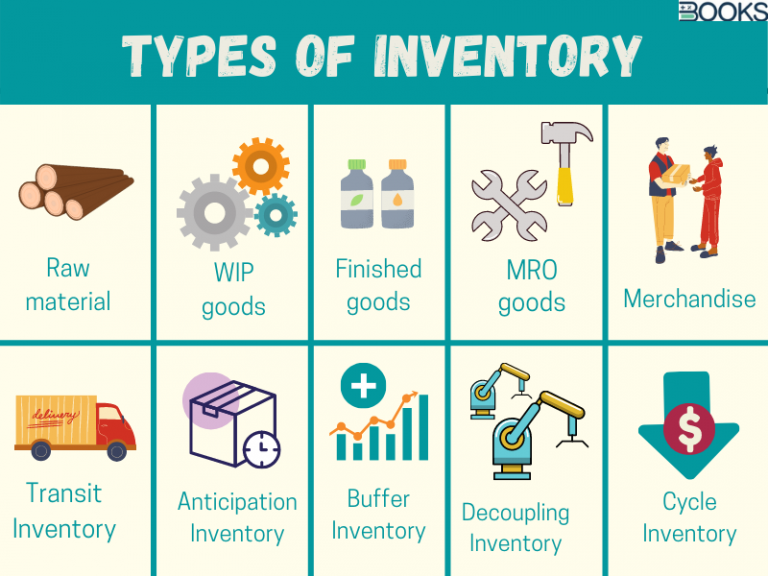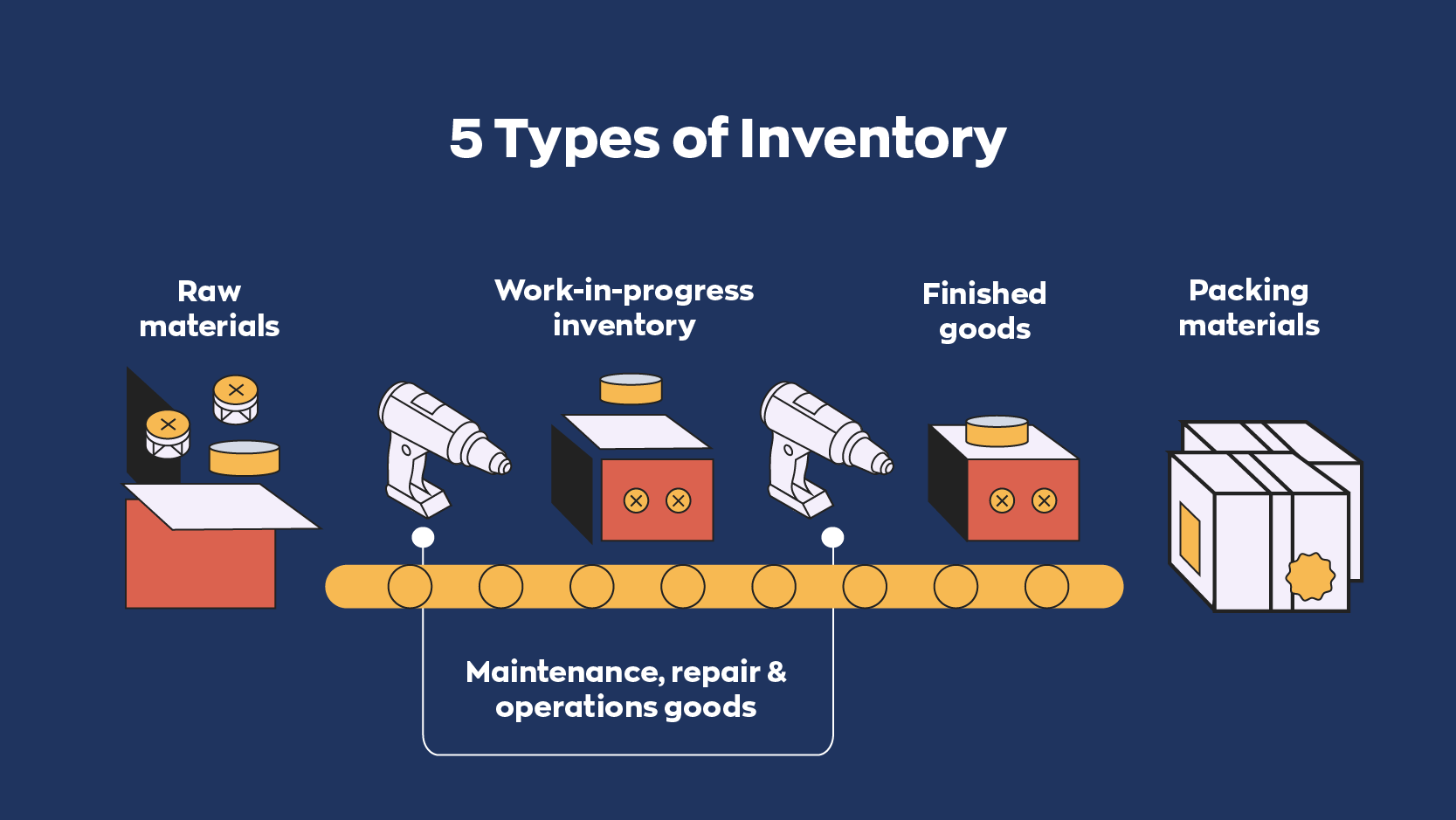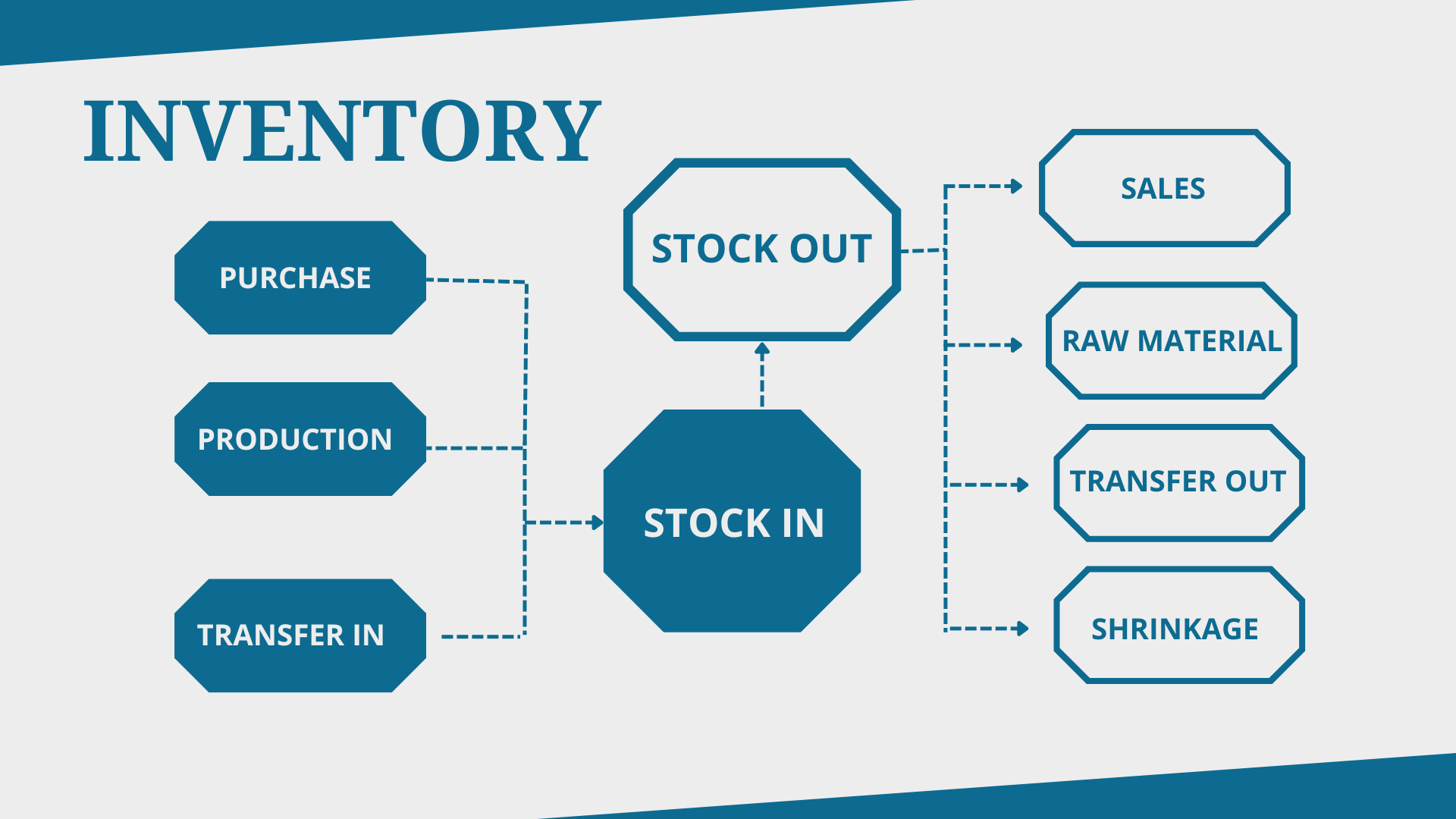Business inventories are the foundation of smooth commerce, setting the pace for everyday operations in companies both large and small. With business inventories at the heart of supply chains, organizations can quickly adapt to market fluctuations, manage resources smartly, and ensure customers get what they need when they need it. Whether managing raw materials, tracking work-in-progress, or distributing finished goods, knowing what’s in stock empowers teams to act with confidence and accuracy.
Diving into business inventories reveals how crucial they are for both operational success and financial health. From choosing the best management methods like FIFO, LIFO, or just-in-time, to leveraging cutting-edge technology such as barcoding and IoT, every decision impacts efficiency and profit. Inventory valuation, regular audits, and careful planning help businesses avoid costly mistakes, while effective forecasting and risk management keep stock levels optimal and losses at bay. Mastering these elements is key to staying ahead in today’s fast-moving markets.
Definition and Importance of Business Inventories

Business inventories refer to the goods and materials that companies hold with the intent of selling, producing, or distributing them in the normal course of business. In the context of commerce and supply chains, inventories act as a buffer between production and customer demand, ensuring products are available when needed without over-producing or running out of stock.
Maintaining accurate inventories is critical for smooth business operations. Effective inventory management helps prevent lost sales due to stockouts, reduces unnecessary storage costs, and optimizes cash flow. Furthermore, inventory data informs production planning, procurement, and overall supply chain efficiency, directly affecting profitability and customer satisfaction.
Main Types of Business Inventories
There are three primary categories of business inventories that play distinct roles within different industries. Understanding each type helps businesses implement the right management strategies for their unique needs.
- Raw Materials: Basic components or inputs used to manufacture finished products.
- Work-in-Progress (WIP): Items that are in the production process but not yet completed.
- Finished Goods: Completed products ready for sale to customers or retailers.
Inventory Impact on Financial Statements
Business inventories are a fundamental aspect of a company’s balance sheet and income statement. The handling of inventories affects the valuation of assets and the calculation of costs, with implications for profit reporting and tax obligations.
| Inventory Type | Impact on Assets | Impact on Costs | Reporting Frequency |
|---|---|---|---|
| Raw Materials | Current Asset on Balance Sheet | Transfer to Cost of Goods Sold (COGS) upon use | Periodic/Continuous |
| Work-in-Progress | Current Asset (in production inventory) | Allocated prorated labor and overhead costs | Periodic/Continuous |
| Finished Goods | Current Asset until sale | COGS upon sale | Periodic/Continuous |
Methods of Inventory Management

Inventory management methods define how businesses track, rotate, and value their stock. The choice of method can impact financial reporting, cost structure, and the ability to meet customer demand. The three most widely adopted methods are FIFO (First-In, First-Out), LIFO (Last-In, First-Out), and Just-in-Time (JIT).
Comparison of Inventory Management Methods, Business inventories
Each inventory management approach offers unique advantages and drawbacks, making them suitable for particular business models and industries. Here’s a breakdown of the key features:
- FIFO (First-In, First-Out):
- Advantages: Matches oldest inventory costs with revenue, reflects current market values on the balance sheet, ideal in periods of rising prices.
- Disadvantages: Higher taxes when prices rise, less matching of recent costs to current sales.
- Best for: Perishable goods, food & beverage, pharmaceuticals.
- LIFO (Last-In, First-Out):
- Advantages: Matches recent inventory costs with revenue, potential tax benefits in inflationary environments.
- Disadvantages: Not accepted under IFRS, older inventory may remain unsold, can distort balance sheet values.
- Best for: Non-perishable commodities, U.S.-based manufacturers.
- Just-in-Time (JIT):
- Advantages: Reduces holding costs, minimizes waste, enhances cash flow.
- Disadvantages: Vulnerable to supply chain disruptions, requires strong supplier relationships.
- Best for: Automotive, electronics, fast-moving consumer goods.
Inventory Management Methods Summary Table

The following table summarizes the main inventory management methods, their defining features, and ideal applications:
| Method | Key Features | Best-Use Scenarios |
|---|---|---|
| FIFO | Oldest inventory sold first, current market value on balance sheet | Groceries, pharmaceuticals, food production |
| LIFO | Newest inventory sold first, can lower taxes during inflation | Metals trading, petroleum, U.S. manufacturing |
| Just-in-Time (JIT) | Minimal inventory held, demand-driven purchasing | Automotive assembly, electronics manufacturing |
Industries Best Suited for Each Management Approach
Industries choose inventory management methods based on product characteristics and operational needs. For example, grocery stores and pharmaceutical companies favor FIFO to ensure product freshness and compliance with expiry dates. In contrast, U.S.-based manufacturers dealing with metals or chemicals may opt for LIFO to better match current costs and manage tax liabilities. Meanwhile, automotive and electronics industries adopt JIT for its efficiency in managing component flows and reducing storage needs.
Role of Technology in Managing Business Inventories
Technology has significantly transformed inventory management, enabling businesses to operate with higher accuracy, speed, and scalability. Inventory management software automates routine tasks, minimizes human error, and provides real-time visibility into stock movement across warehouses and stores.
Benefits of Digital Inventory Tracking
Utilizing advanced technology such as barcoding, RFID (Radio Frequency Identification), and IoT (Internet of Things) devices brings substantial improvements to inventory tracking and control. These tools enhance data accuracy, speed up stocktaking, and help businesses respond swiftly to changes in demand.
- Barcoding allows instant identification and counting of products, streamlining warehouse operations.
- RFID tags enable wireless tracking of items, reducing manual labor and providing real-time location data.
- IoT devices monitor storage conditions and automate replenishment alerts, reducing risk of spoilage or stockouts.
Technology Tools Overview Table
The table below Artikels commonly used technology tools in inventory management, their core functions, scalability, and integration options:
| Technology Tool | Main Function | Scalability | Integration Possibility |
|---|---|---|---|
| Inventory Management Software | Centralizes inventory data, automates ordering | Highly scalable (cloud-based systems) | Integrates with ERP, accounting, and logistics tools |
| Barcoding Systems | Automates product identification & stocktaking | Scalable from small to large warehouses | Works with POS and warehouse management systems |
| RFID Solutions | Enables real-time tracking and security | Ideal for large-scale, high-value inventory | Integrates with IoT and supply chain platforms |
| IoT Devices | Monitors environment & automates alerts | Flexible, supports multi-location operations | Connects with cloud inventory and analytics tools |
Real-World Scenarios of Inventory Digitalization
For example, a major global retailer implemented RFID-enabled inventory systems, which reduced manual stocktaking times by 90% and improved stock accuracy to over 98%. In the food industry, IoT sensors in cold storage facilities detect temperature fluctuations and instantly alert managers, preventing spoilage and saving thousands of dollars in lost inventory. These cases illustrate how digital transformation not only streamlines processes but also safeguards assets and boosts overall business performance.
Last Recap
In summary, understanding and managing business inventories is essential for any company aiming for excellence. With the right mix of strategic planning, modern technology, and accurate forecasting, businesses can minimize risks, maximize efficiency, and maintain a strong competitive edge. Embracing these best practices not only safeguards assets but also fuels long-term growth and customer satisfaction.
FAQ Insights
What are the main types of business inventories?
The main types are raw materials, work-in-progress, and finished goods. Each serves a unique role in production and sales cycles.
How does technology improve inventory tracking?
Technology like barcoding, RFID, and inventory management software automates tracking, reduces errors, and gives real-time visibility into stock levels.
Why is inventory turnover important?
Inventory turnover shows how efficiently a company sells its stock, helping identify slow-moving items and improve cash flow.
How often should a business conduct inventory audits?
Inventory audits should be performed regularly, such as annually or quarterly, depending on business size and industry requirements.
What are the risks of poor inventory management?
Poor inventory management can lead to overstocking, stockouts, financial losses, and decreased customer satisfaction.
